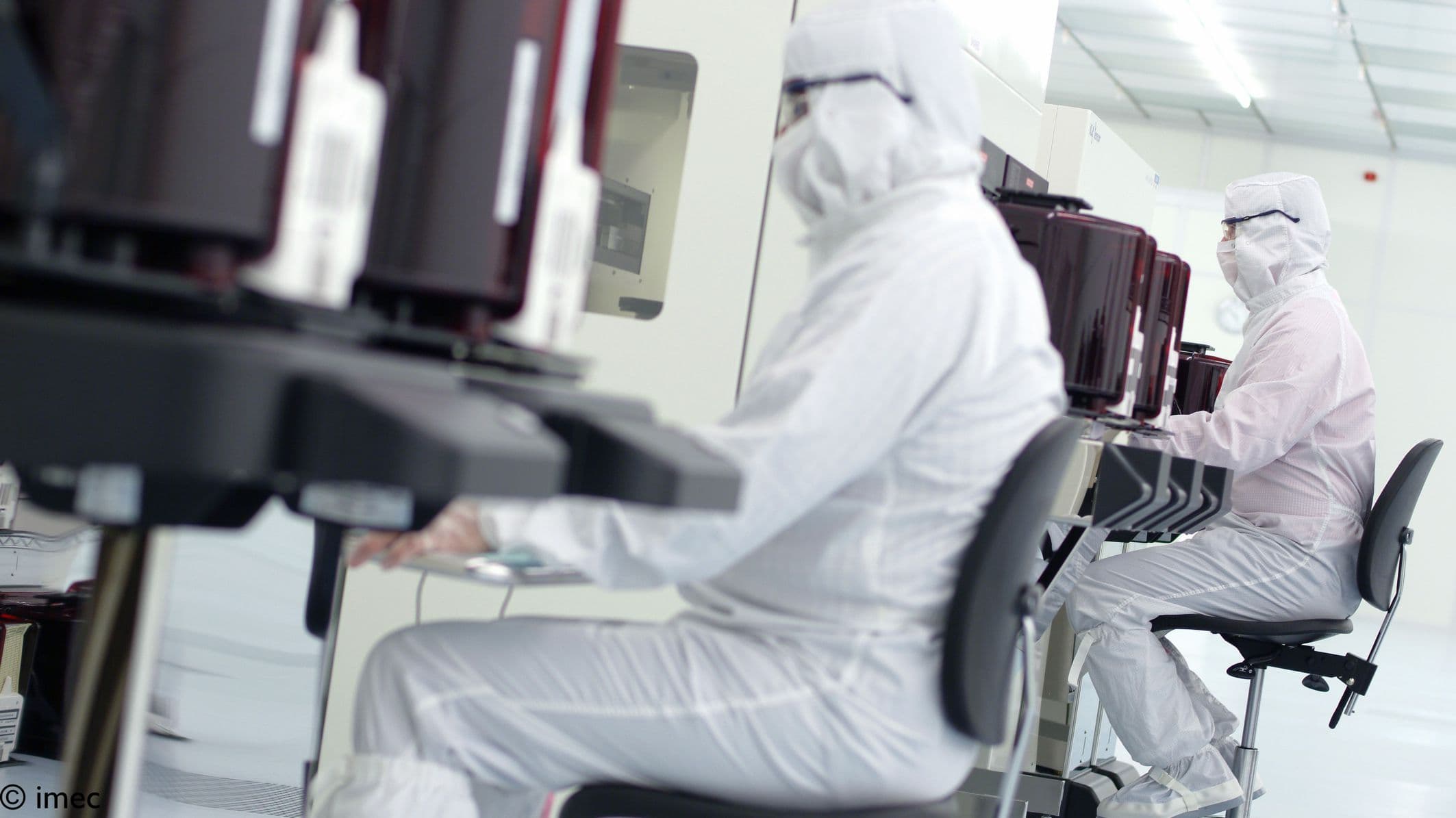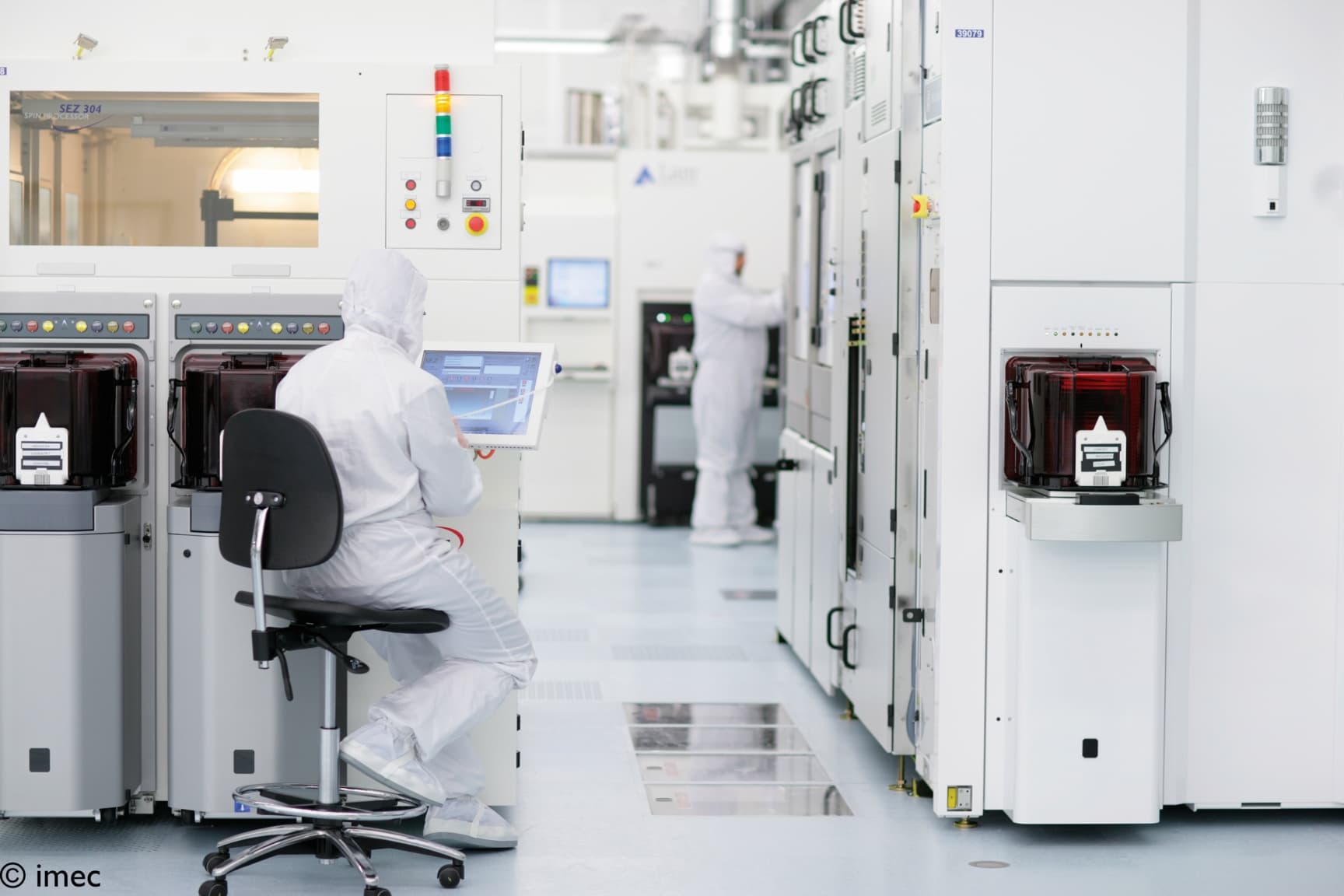As transistor scaling continues to push the boundaries of chip performance, it brings with it a growing thermal challenge. Higher power densities in advanced system-on-chip (SoC) architectures generate more heat, which in turn affects performance, reliability, and overall efficiency.
In this article, imec explores how these thermal issues can be tackled through a dedicated simulation framework and a forward-looking technology co-design approach.
Key takeaways include:
- Why traditional cooling methods may no longer suffice for future SoC nodes due to increased thermal dissipation.
- How imec’s simulation framework helps quantify and predict thermal hotspots in next-generation chips.
- What thermal trade-offs may be introduced by backside power delivery networks (BSPDN), including a potential ∼14°C temperature rise due to reduced lateral heat spreading.
- How the CMOS 2.0 paradigm, including splitting logic into density-optimized and drive-optimized layers, may offer thermal benefits by reducing power density.
- Why it is crucial to integrate thermal management into SoC architecture, design flow, and technology development from the outset.
The full article is available on IEEE Spectrum.

James Myers holds a MEng degree in Electrical and Electronic Engineering from Imperial College in London. He spent 15 years at Arm, leading research from low power circuits and systems, through printed electronics, to DTCO activities. He joined imec in 2022 to lead the System Technology Co-optimization program, with the aim of building upon established DTCO practices to overcome the numerous scaling challenges foreseen for future systems. James holds 60 US patents, has taped out 20 SoCs, has presented at ISSCC and VLSI Symposium, and has published in IEDM and Nature.
Published on:
22 April 2025










